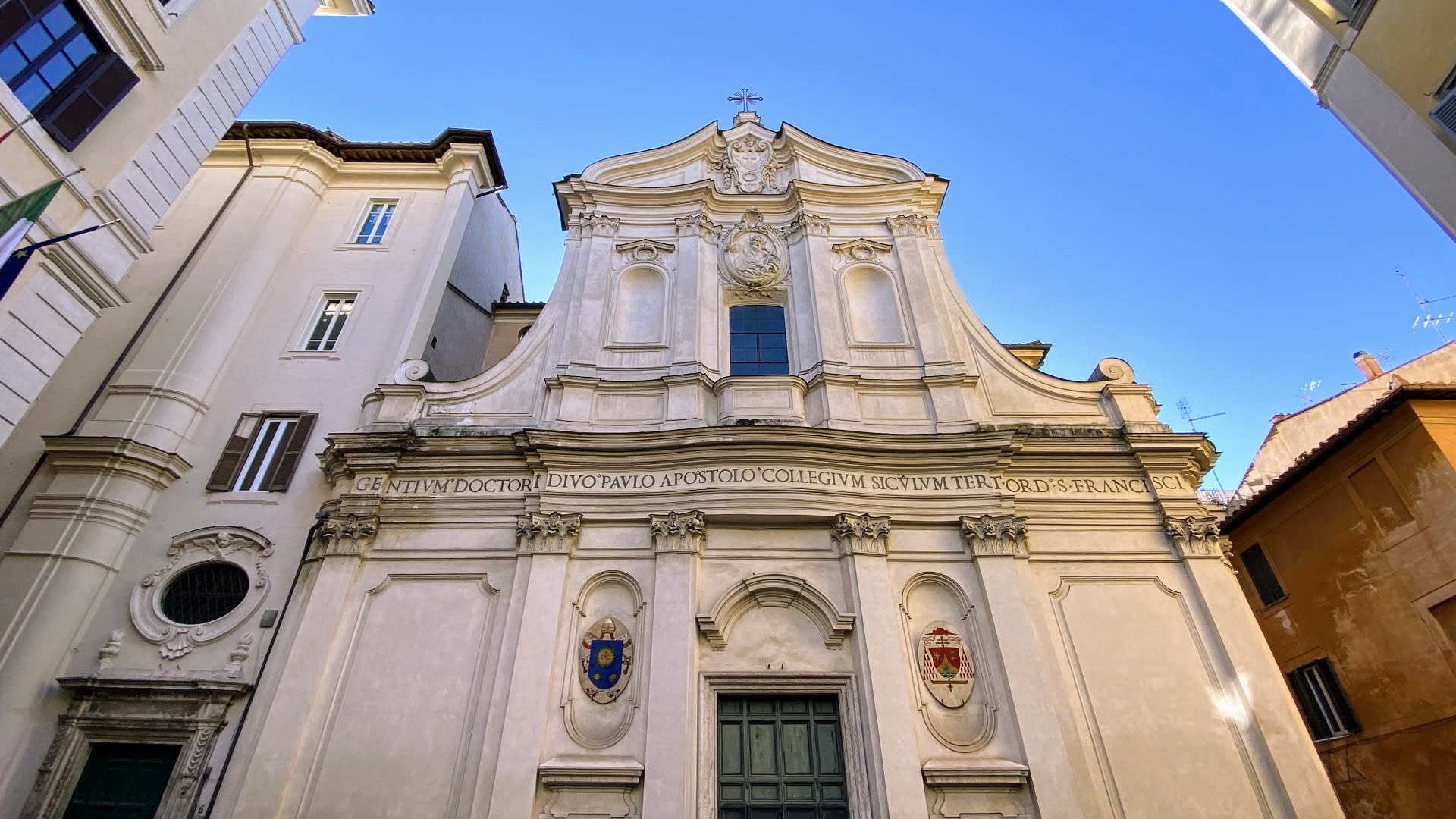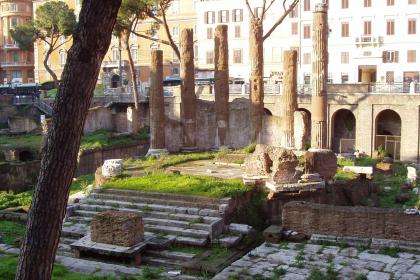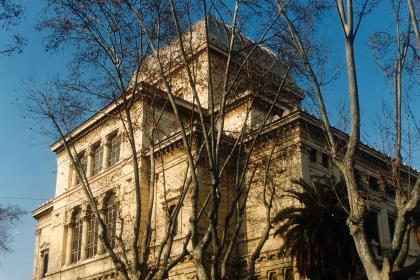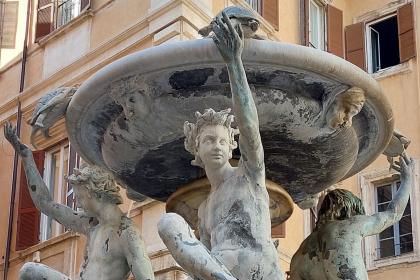
The first official reference to the church of San Paolo alla Regola is in a bull of Pope Urban III of 1186, which identifies it as the parish of San Lorenzo in Damaso.
Steeped in spirituality and history, however, this important place of worship seems to have arisen, or rather, was built in an even more remote time around the first Roman residence of the apostle Paul near today's Jewish Ghetto.
His passionate and courageous preaching brought him up against the status quo and, as a civis Romanus, required himself to submit to the emperor's judgment. After a few years under house arrest, he was persecuted and finally beheaded by Nero in 64 or 67 AD.
Later, his accommodation was transformed into an oratory and, in the 4th century, into a church.
In 1594, San Paolo alla Regola belonged to the Discalced Augustinians, who ceded it, in 1619, to the friars of the Third Regular Order of San Francesco of the Sicilian Nation who, in the building to the left of the church, established a Collegium Siculum, a place of education and study.
At the end of the 17th century, the Bolognese architect Giovanni Battista Bergonzoni completely rebuilt the church. The façade was only completed in 1728 by Giuseppe Sardi on a design by Giacomo Cioli.
The front elevation of the church presents two orders; in the upper part, a bas-relief depicting St. Paul surmounts a window; in the lower one, six pilasters frame the entrance portal and the two side doors.
The inscription "GENTIUM DOCTORI DIVO PAULO APOSTOLO COLLEGIUM SICULUM TERT ORD S. FRANCISCI" (The Sicilian college of the Third Order of Saint Francis, [dedicated] to Saint Paul master of the Gentiles) separates the two orders.
The interior has a Greek cross layout with four chapels at the corners. A fresco with Stories from the Life of St. Paul by Luigi Garzi ornates the large apse. The church also preserves a miraculous 14th-century image of a nursing Madonna known as the Madonna delle Grazie.
The church also houses works by Giovanni Battista Lenardi, Raffaele Stern, Michele Rocca, Giacinto Calandrucci, and Francesco Mazzola, known as Parmigianino.
The restoration of the buildings around the church and the 16th-century Palazzo Specchi, carried out in the 70s, brought to light some surprising structures from the Roman age. The Insula of San Paolo alla Regola is today one of the most meaningful places in underground Rome, a journey back in time that tells the long building history of a corner of the city behind the Tiber Island.
Sacred Area of Largo di Torre Argentina

 Condividi
Condividi
The Great Temple

 Condividi
Condividi
The Turtle Fountain

 Condividi
Condividi
Information
For the timetable of the masses and visiting conditions, please consult the contacts.
 Condividi
Condividi
Location
To find out about all accessibility services, visit the Rome accessible section.











































